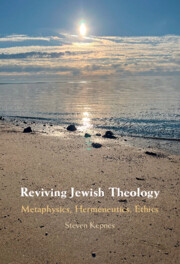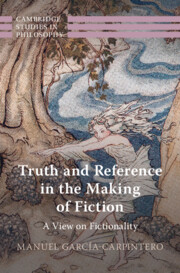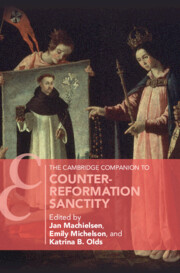Refine search
Actions for selected content:
3388592 results

Aristotle's Parts of Animals
- A Critical Guide
- Coming soon
-
- Expected online publication date:
- December 2025
- Print publication:
- 31 December 2025
-
- Book
- Export citation

Quasar Absorption Lines
- Coming soon
-
- Expected online publication date:
- December 2025
- Print publication:
- 31 December 2025
-
- Book
- Export citation

A Jurisprudence of Conversations
- Law, Life and Feminism in Post-colonial India
- Coming soon
-
- Expected online publication date:
- December 2025
- Print publication:
- 31 December 2025
-
- Book
- Export citation

Dazai Shundai: Writings on Political Economy
- Coming soon
-
- Expected online publication date:
- December 2025
- Print publication:
- 30 November 2025
-
- Book
- Export citation

Economic Displacement
- China and the End of US Primacy in Latin America
- Coming soon
-
- Expected online publication date:
- December 2025
- Print publication:
- 30 November 2025
-
- Book
- Export citation

Crude Calculations
- Regime Stability, Economic Liberalization, and the Energy Transition
- Coming soon
-
- Expected online publication date:
- December 2025
- Print publication:
- 31 December 2025
-
- Book
- Export citation

Mycenaean Civilization
- Coming soon
-
- Expected online publication date:
- December 2025
- Print publication:
- 31 December 2025
-
- Book
- Export citation

Black Voices in the Halls of Power
- Race and Rhetorical Representation in Congress
- Coming soon
-
- Expected online publication date:
- December 2025
- Print publication:
- 31 December 2025
-
- Book
- Export citation

Quasar Absorption Lines
- Coming soon
-
- Expected online publication date:
- December 2025
- Print publication:
- 31 December 2025
-
- Book
- Export citation

Reviving Jewish Theology
- Metaphysics, Hermeneutics, Ethics
- Coming soon
-
- Expected online publication date:
- December 2025
- Print publication:
- 31 December 2025
-
- Book
- Export citation

Pablo Neruda in Context
- Coming soon
-
- Expected online publication date:
- December 2025
- Print publication:
- 30 November 2025
-
- Book
- Export citation

Clients, Rivals, and Rogues
- Why Great Powers Intervene in Revolutionary Civil Wars
- Coming soon
-
- Expected online publication date:
- December 2025
- Print publication:
- 31 December 2025
-
- Book
- Export citation

Strategic Compensation and Talent Management
- Lessons for Managers
- Coming soon
-
- Expected online publication date:
- December 2025
- Print publication:
- 31 December 2025
-
- Textbook
- Export citation

Music at a Florentine Convent
- The Biffoli-Sostegni Manuscript and Suor Maria Celeste Galilei
- Coming soon
-
- Expected online publication date:
- December 2025
- Print publication:
- 31 December 2025
-
- Element
- Export citation

Truth and Reference in the Making of Fiction
- A View on Fictionality
- Coming soon
-
- Expected online publication date:
- December 2025
- Print publication:
- 31 December 2025
-
- Book
- Export citation

Negotiating Values
- Implementing Change in the Allocation of Transplant Organs
- Coming soon
-
- Expected online publication date:
- December 2025
- Print publication:
- 31 December 2025
-
- Book
- Export citation

The Cambridge Companion to Counter-Reformation Sanctity
- Coming soon
-
- Expected online publication date:
- December 2025
- Print publication:
- 31 December 2025
-
- Book
- Export citation

Energy Education in a Transitioning World
- Coming soon
-
- Expected online publication date:
- December 2025
- Print publication:
- 31 December 2025
-
- Book
- Export citation

Plays 1676–1678
- Coming soon
-
- Expected online publication date:
- December 2025
- Print publication:
- 30 November 2025
-
- Book
- Export citation
Ballad Business
- Selling Early Modern Theatre
- Coming soon
-
- Expected online publication date:
- December 2025
- Print publication:
- 31 December 2025
-
- Book
- Export citation
